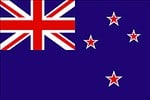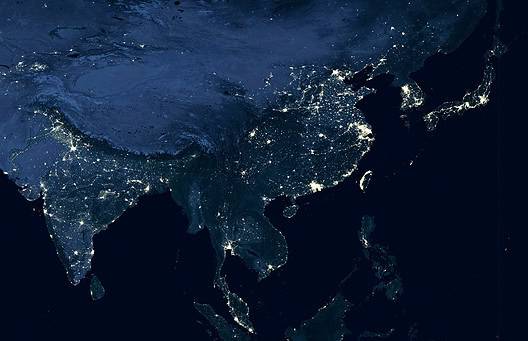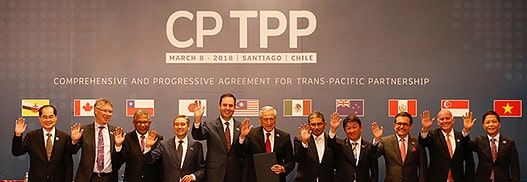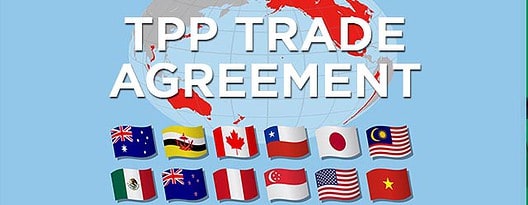Includes historical data for New Zealand’s Gross Domestic Product growth, debt-to-GDP ratio and more, as well as information on trade, banking and financial sector leadership.
From Agriculture To A Modern, Tech-Driven Economy
Over the past five decades, New Zealand has successfully transitioned from an agrarian economy to a more multi-faceted and globally competitive free-market system, embracing innovation and investment in the service, technology and tourism sectors.
Today, New Zealand’s resilient economy is characterized by a strong rule of law, a transparent and stable investment climate, and flexible regulations that have fostered a dynamic labor market. Additionally, with its proximity to Asia and Australia, limited public debt and superior living standards, it provides an excellent destination for foreign investment.
Despite these strengths, New Zealand’s path to sustainable growth faces challenges, including the status as an island nation, over-dependence on Chinese demand, a shortage of skilled labor, and endemic socio-economic inequalities.
Macroeconomy & Sovereign Data
| Type of Government | Parliamentary democracy under a constitutional monarchy; a Commonwealth realm |
|---|---|
| Capital | Wellington |
| Sovereign Ratings |
S&P: AA+ Moody’s: AAA Fitch: AA+ |
| Total Population | 5.2 million |
| Median Age | 37 |
| Adult Per Capita Income (PPP) | 63,046.68 |
| Total GDP (2023) | USD 247.5 billion |
New Zealand GDP & Economic Overview
Most Recent Content
New Zealand
Banking & Finance
Trade & Investment
| Total Exports | USD 50.1 billion (2022) |
|---|---|
| Leading Exports |
Milk Cream Powders Lumber Beef Butter Mutton |
| Total Imports | USD 48.7 billion (2022) |
| Leading Imports |
Cars Refined Petroleum Crude Petroleum Delivery Trucks Broadcasting Equipment Gas Turbines |
| Source: | IMF, CIA The World Factbook |
New Zealand Leading Companies
| ANZ Bank New Zealand | Financials |
|---|---|
| Kiwi Group Holdings Ltd. | Financials |
| Fonterra Co-operative Group | Consumer Staples, Food Products |
| Spark New Zealand | Telecommunication Services |
| Fletcher Building Limited | Conglomerates, Financials, Consumer Electronics, Hotels, Restaurants & Leisure |
| Air New Zealand Limited | Transportation, Airlines |
| Sky Network Television | Communication Services, Media |
Major Trade Partners — Import
| China | 23.9% |
|---|---|
| Australia | 11.3% |
| United States | 8.7% |
| Japan | 6.3% |
| Germany | 4.9% |
Major Trade Partners — Export
| China | 31.4% |
|---|---|
| Australia | 12.5% |
| United States | 10.6% |
| Japan | 5.6% |
| South Korea | 1.3% |
Global Finance Rankings & Awards
Data Sources:
UN World Population Prospects
World Inequality Report
S&P Global Ratings
Moody’s
Fitch Ratings
IMF Direction of Trade Statistics (DOTS)
UN Conference on Trade and Development (UNCTAD)
CIA The World Factbook
World Bank’s World Integrated Trade Solution
Forbes Global 2000







